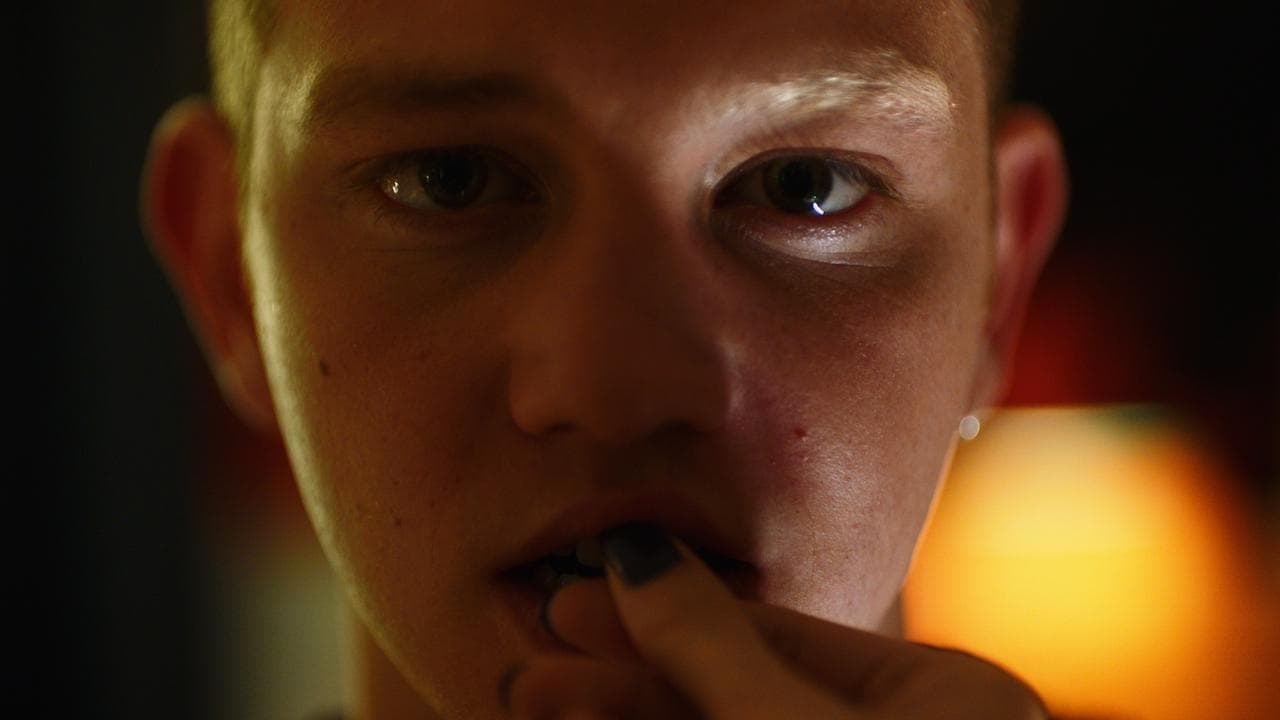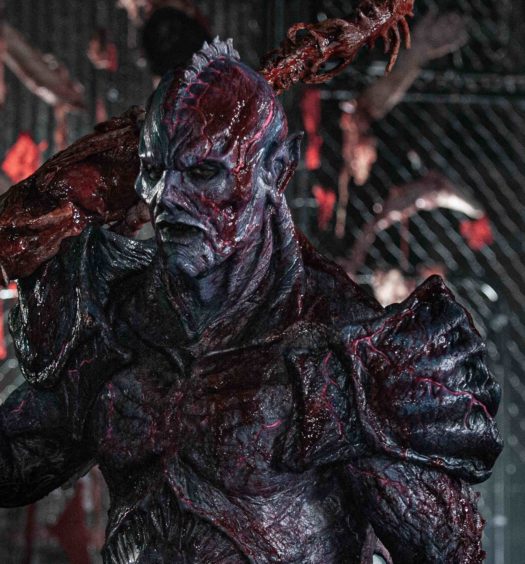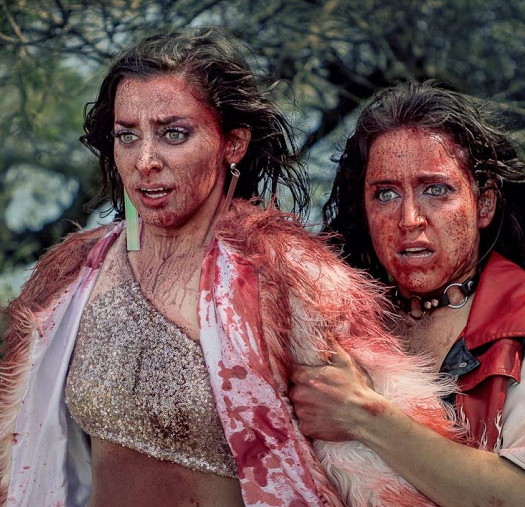Teddy is the sort of horror film that has come about at the right time.
On the surface, it’ll fit in nicely with the current minor werewolf renaissance alongside Wolf of Snow Hollow, Bloodthirsty, Werewolves Within, and the forthcoming Eight for Silver. But more than anything, Teddy is a character-driven study of toxic masculinity, making it all the more relevant than any mythical beast could.
That tends to be the nature of low-budget creature features—without enough money to truly pull off the spectacle of a monster gone mad, you’re forced to lean into other avenues of storytelling, particularly focusing on the people involved rather than what’s trying to kill them. Such is the case with Teddy, a French film that fits nicely within the werewolf canon even if it’s somewhat of a different breed.
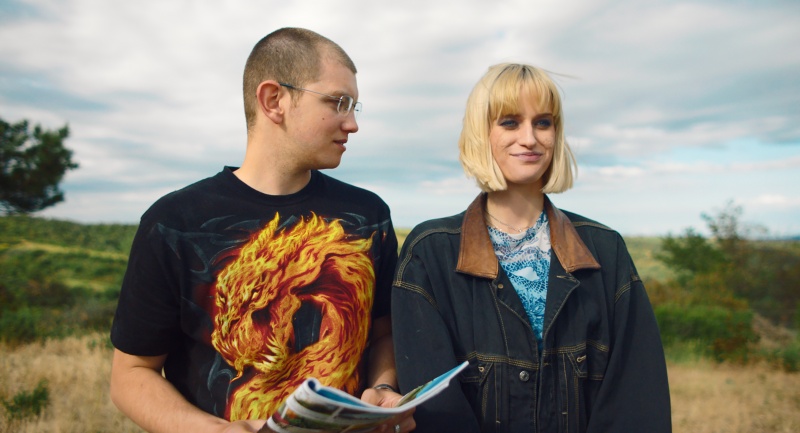
The best thing going for Teddy is his girlfriend, Rebecca. But he doesn’t realize that they’re on two different trajectories.
The titular character, Teddy (played expertly by Anthony Bajon), isn’t exactly the most likable young man from the get-go. When we first meet him, he’s lashing out during a ceremony for a local World War II monument, aggrieved over a misspelling of his grandfather’s name. We come to find out that Teddy’s life isn’t all that exciting; he lives in a modest dwelling, he works a job that he hates, and wears the same fire dragon t-shirt (he owns at least two of these) as a means of standing out.
The best thing going for Teddy is his girlfriend, Rebecca (Christine Gautier), whom he cares for so much that he envisions her as his ticket out of the mundane life he’s fallen victim to. But Teddy doesn’t realize that they’re on two different trajectories—she’s headed off to many years of college while Teddy dropped out—and after a curiosity fueled trip into the woods to hunt for the local problem wolf, they’re not even the same species.
Most werewolf films would angle for over-the-top set pieces, including transformation sequences and numerous close-up attacks. But directors Ludovic and Zoran Boukherma use their modest budget cleverly rather than settling for poor CGI or cheap-looking effects. Instead of long stretches of wolf mayhem, we’re given small (and gross) moments that hint at Teddy’s trauma more than that of his victims—a razor blade to a tongue, a coarse hair plucked from an eyeball, a toenail too easily pulled off.
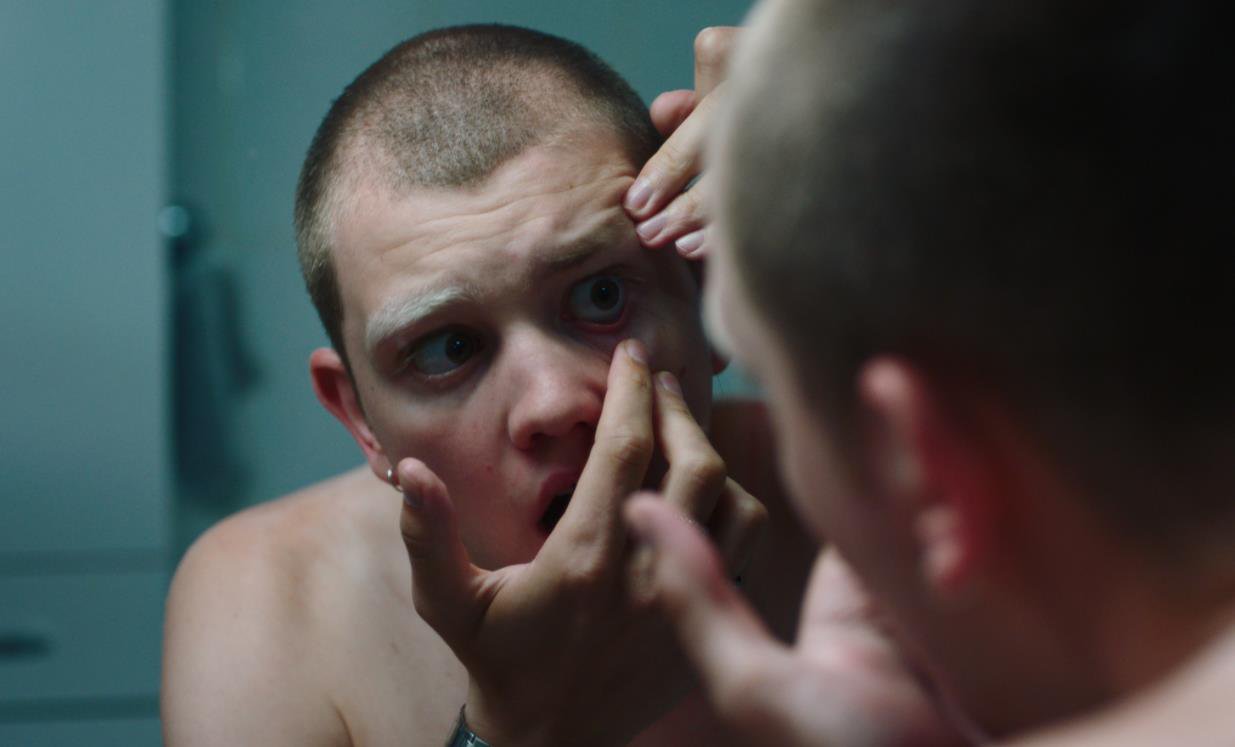
Instead of long stretches of wolf mayhem, we’re given small (and gross) moments that hint at Teddy’s trauma.
Here’s where the toxic masculinity comes in. As Teddy’s body begins to change and slaughtered lambs begin popping up all over town, he begins to unbottle the anger and spite that he’s suppressed for those standing in his way. And as the lambs soon become insufficient, Teddy’s normal life comes crashing down as well, opening the door for his most maniacal episode yet.
This is how lycanthropy tends to work, of course; it’s a curse that affects more than just the initial victim. But because we’ve spent time with Teddy and everyone in his small orbit, it becomes a more effective portrait of a man becoming a monster, one seemingly provoked by not getting what he wants. And even with a limit to the creature carnage seen on the screen, there’s plenty of monstrousness to scratch the itch.
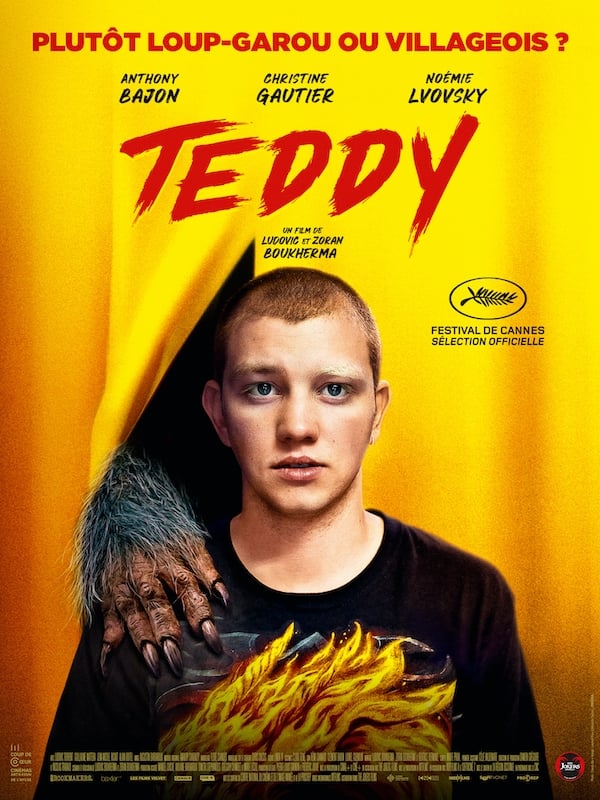
‘Teddy’ is a French Character Study in Wolf’s Clothing [CFF 2021]
Monstrous
Teddy may be light on special effects and werewolf mayhem, but this French character study reveals a worthy monster nonetheless.

